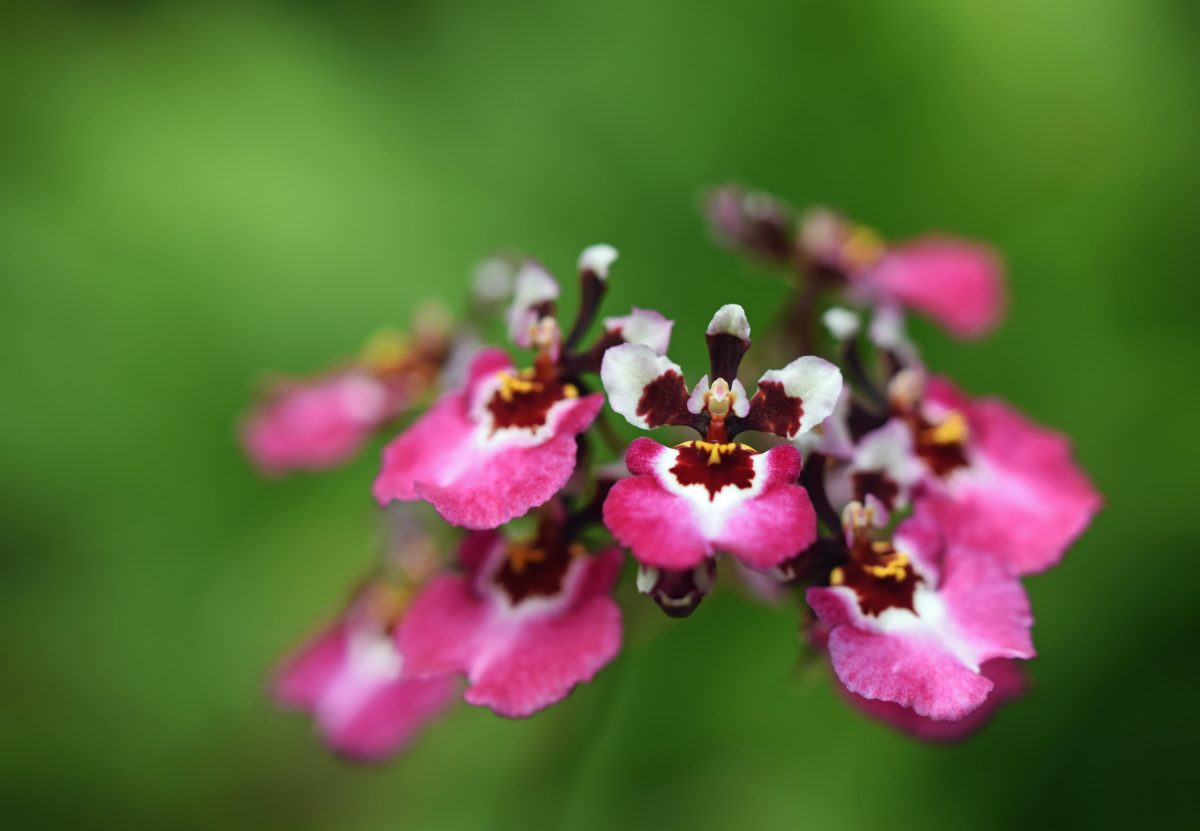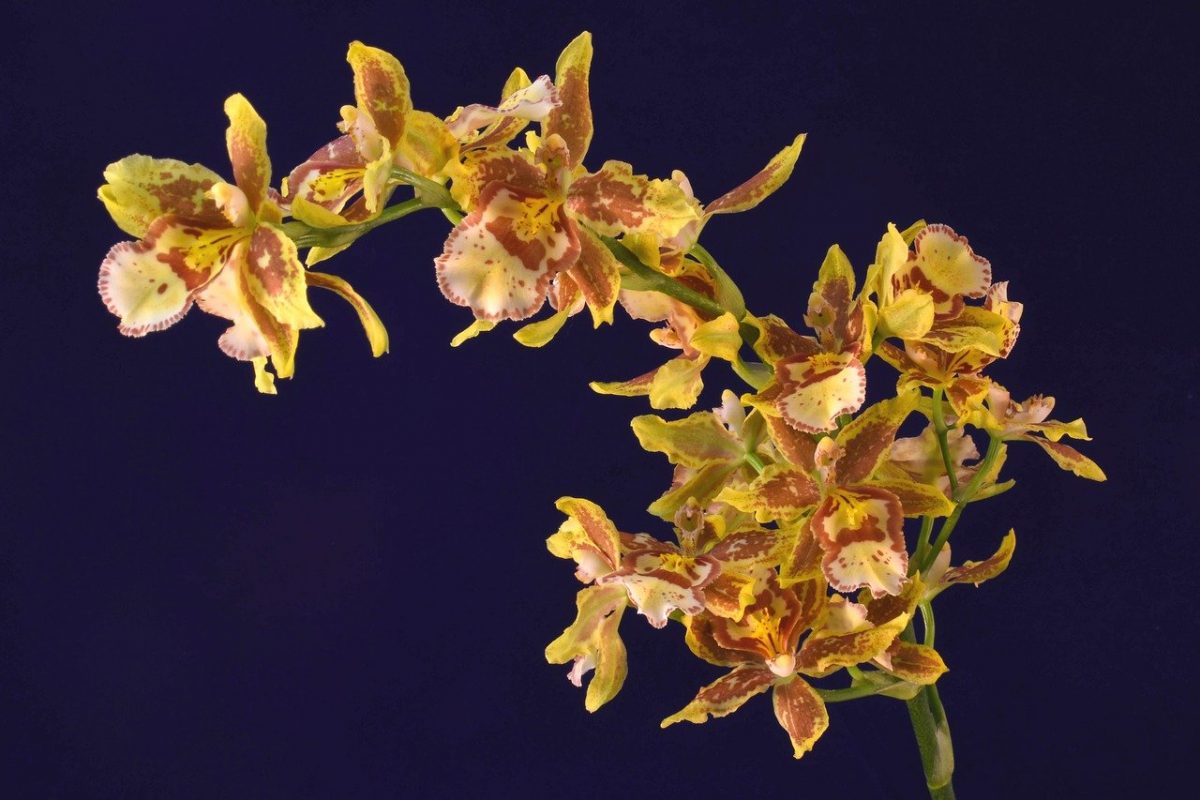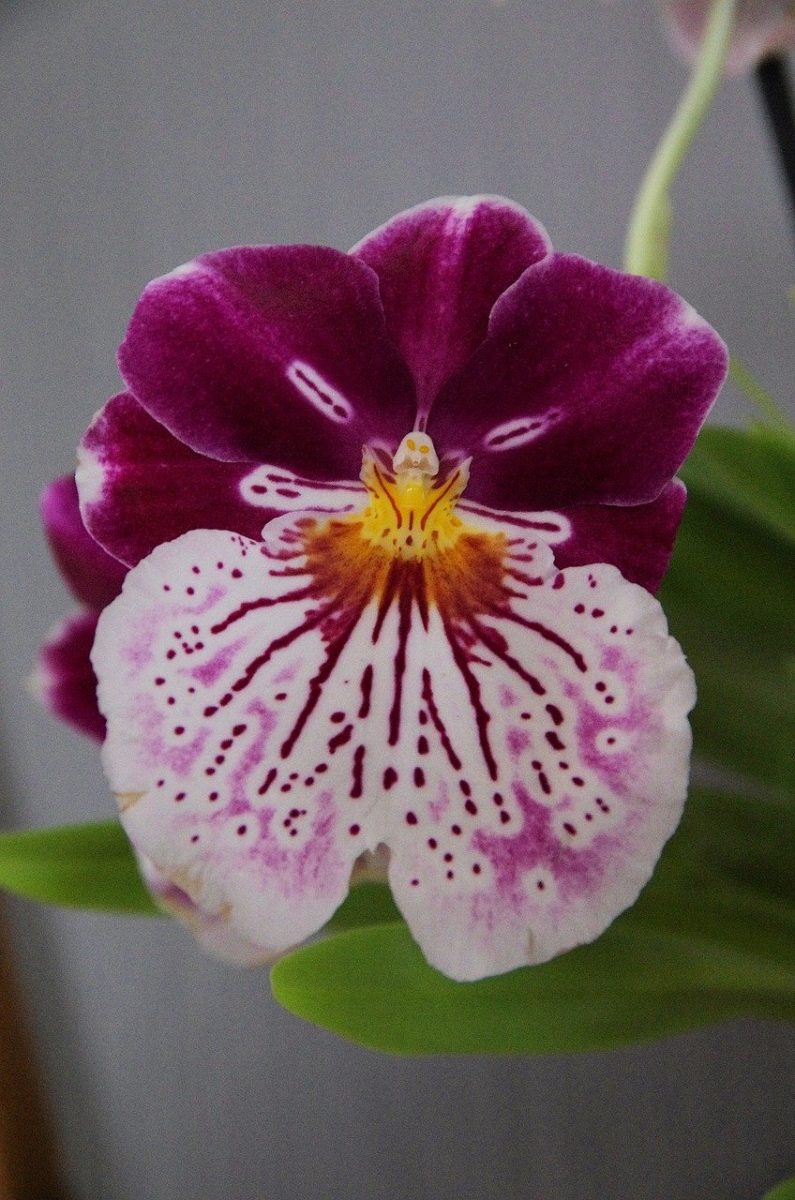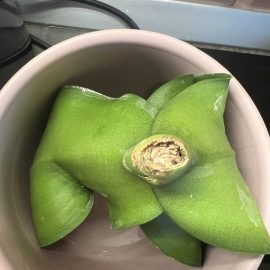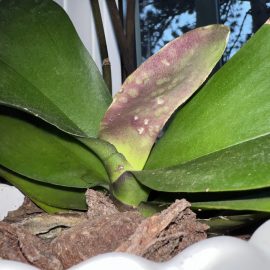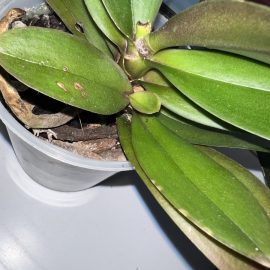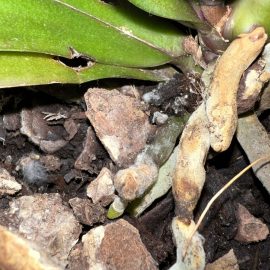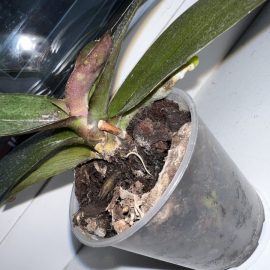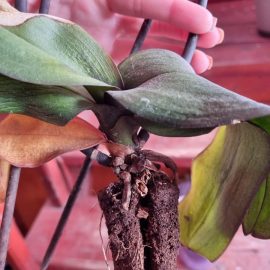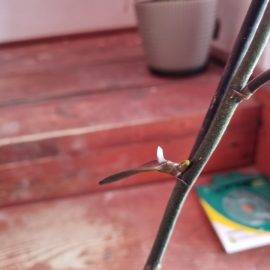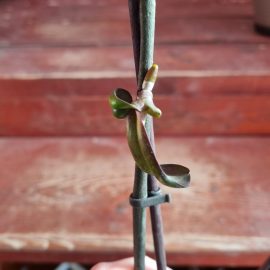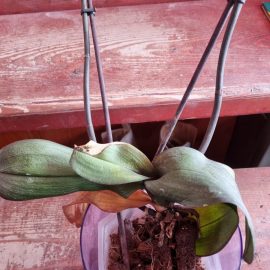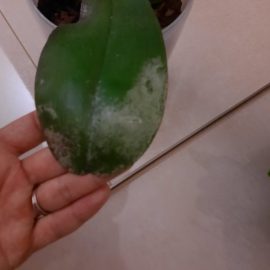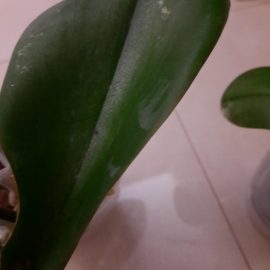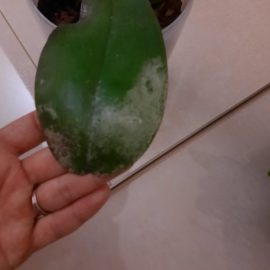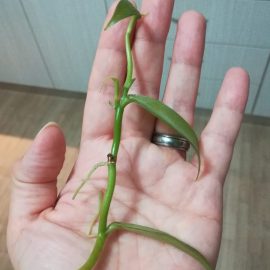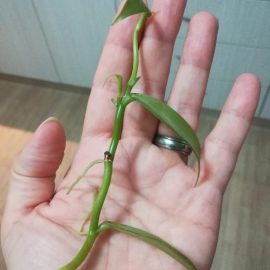Orchids, common genera and species
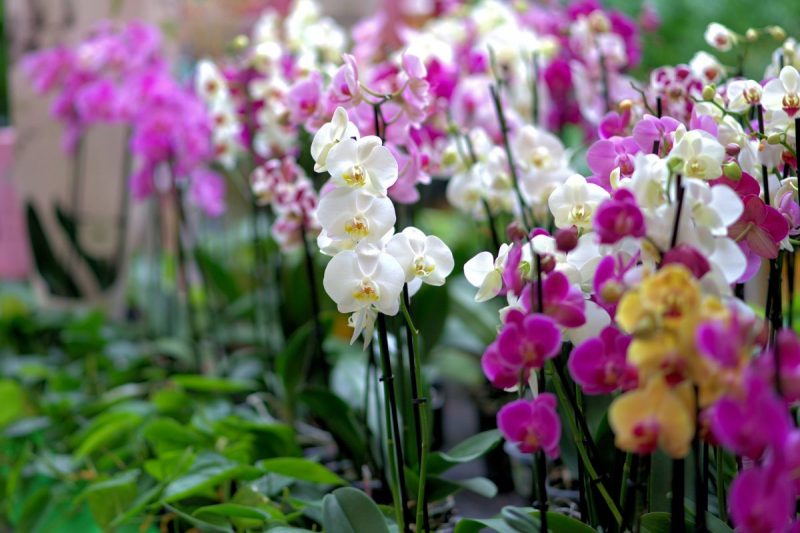
Orchids are distinguished through the beauty of their flowers and through the great diversity of colors, shapes, and fragrances. This large family, called the Orchidaceae family, includes about 800 genera, with over 30,000 species, cultivars, and hybrids. The best known are:
Phalaenopsis
The genus includes about 70 species of epiphytic or lithophytic orchids, native to areas such as India, Indonesia, the Philippines, and Australia. It is often used as a houseplant, being one of the most appreciated orchids. Phalaenopsis is also known as the “moth orchid”, its flowers have a special shape. Phalaenopsis orchids are monopodial, without rhizomes or bulbs, with a single straight stem, with continuous growth. In general, the leaves are arranged in two rows, they are large, having a length of 10-30 cm. Their shape is elliptical or obovate, they are leathery, glossy, uniformly green. From the rosette of leaves start the floral stems and the aerial roots. The floral stems can sprout at any time of the year, at their top developing dozens of buds and flowers with similar petals and sepals, which can be white, pink, orange, or yellow.
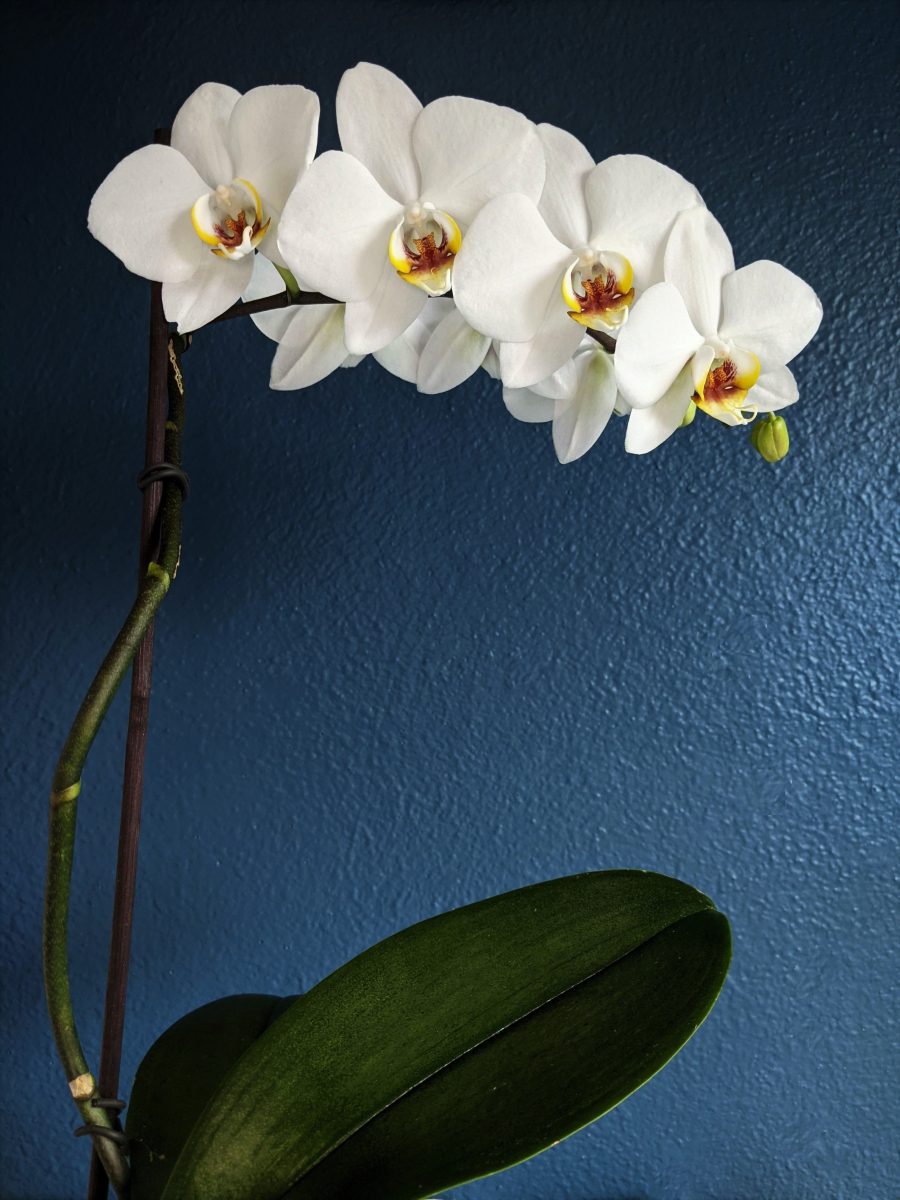
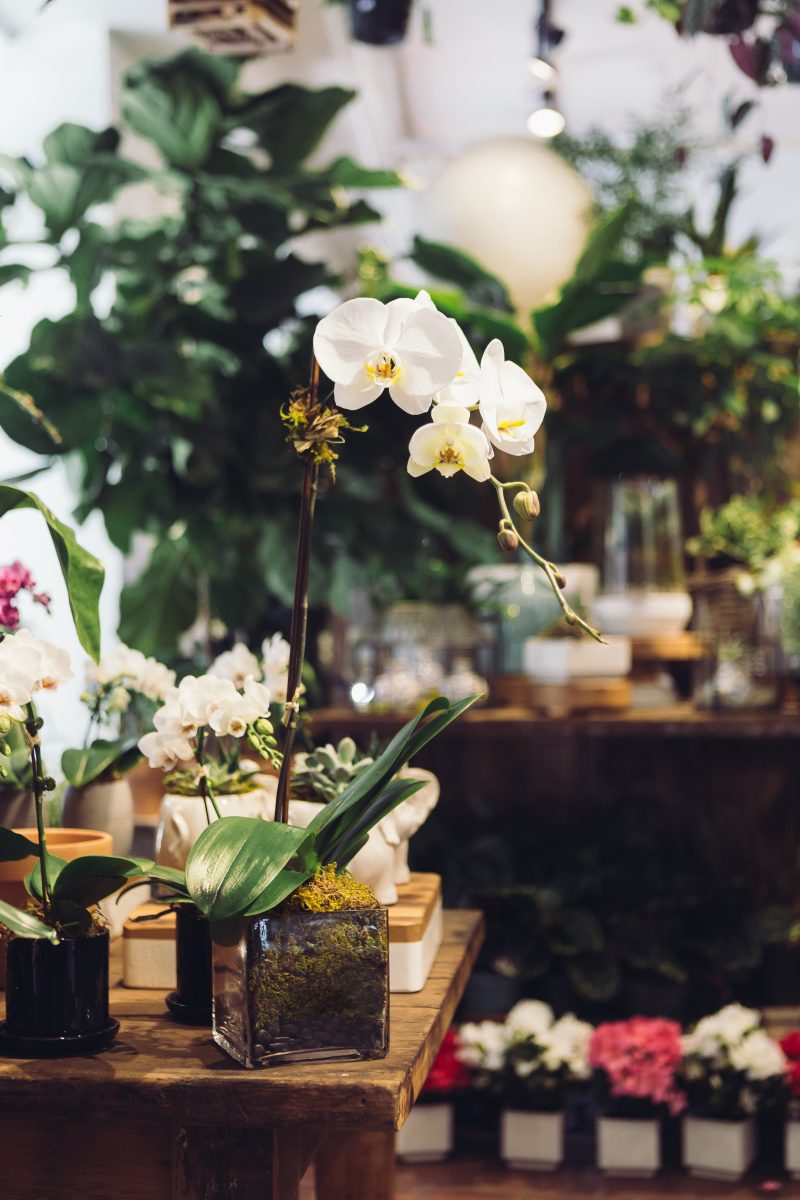
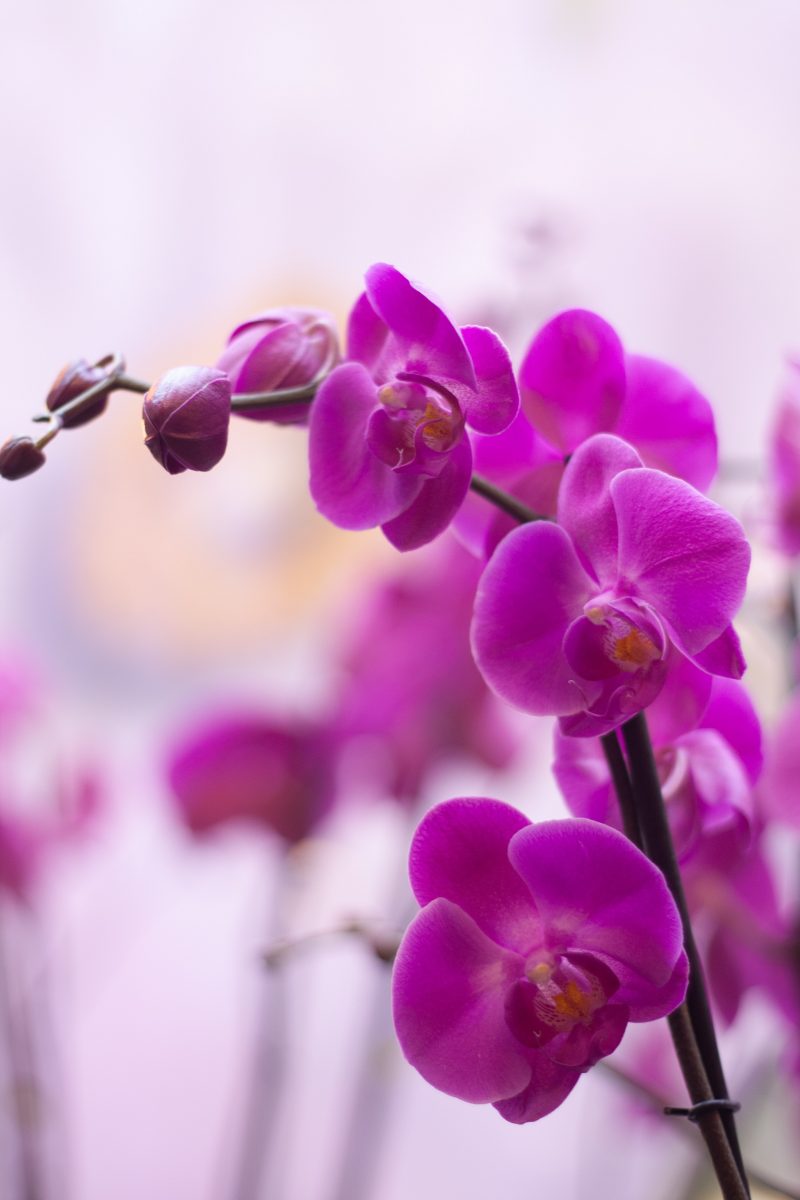
Cattleya
It is a genus of orchids that includes about 40-65 species native to the rainforests of Central and South America, especially in the Amazon basin. The first species of Cattleya orchid introduced to Europe was Cattleya loddigesii. The species are grown as indoor plants, being considered the “queens of orchids”. In their native areas, the plants grow on trees or stones, being epiphytes and lithophytes, respectively. It has a sympodial growth, with an underground rhizome, from which start several pseudobulbs, with the role of water storage. Thus, species of this genus are divided into two types: labiata or unifoliate (they have a single leaf on each pseudobulb and 2-6 voluminous flowers) and brazilian or bifoliate (they have 2-3 leaves on each pseudobulb and clusters of small, vividly colored and fragrant flowers). The leaves look similar to Phalaenopsis. They can bloom at any time of the year, and the flowers are made up of 3 sepals and two large, colorful petals with fringed edges.
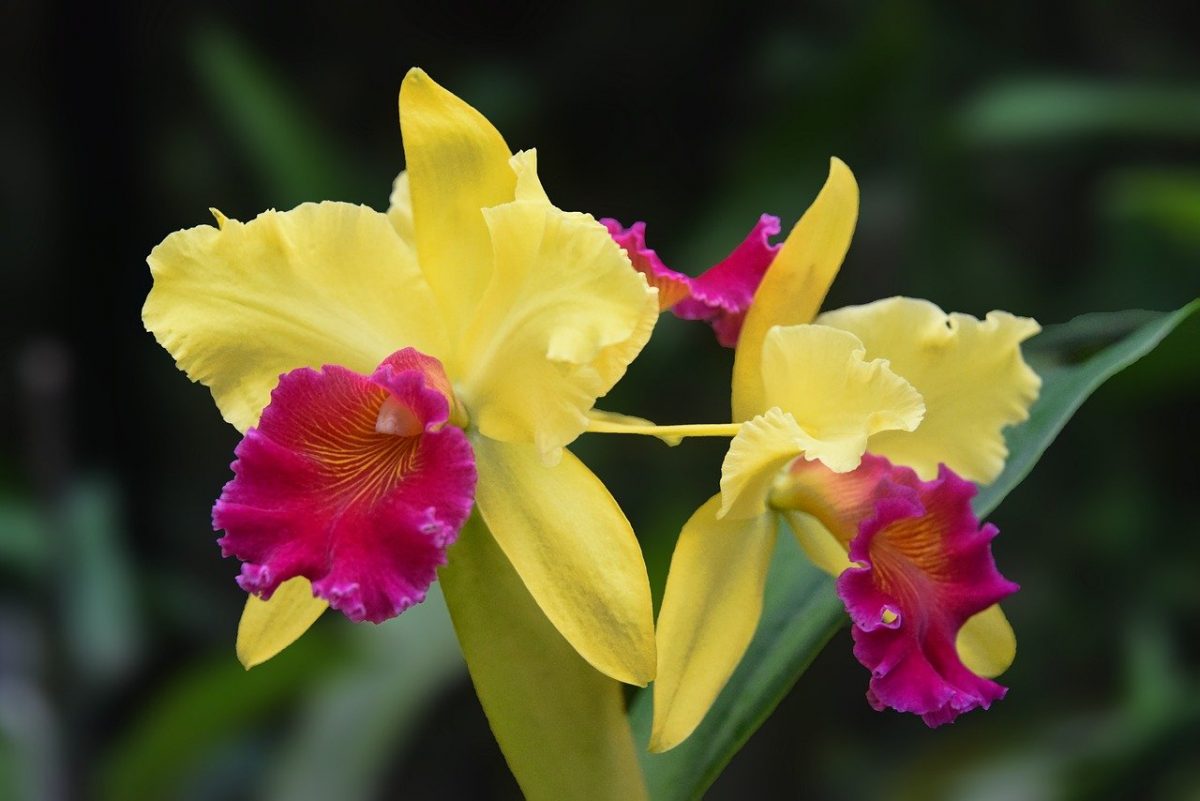
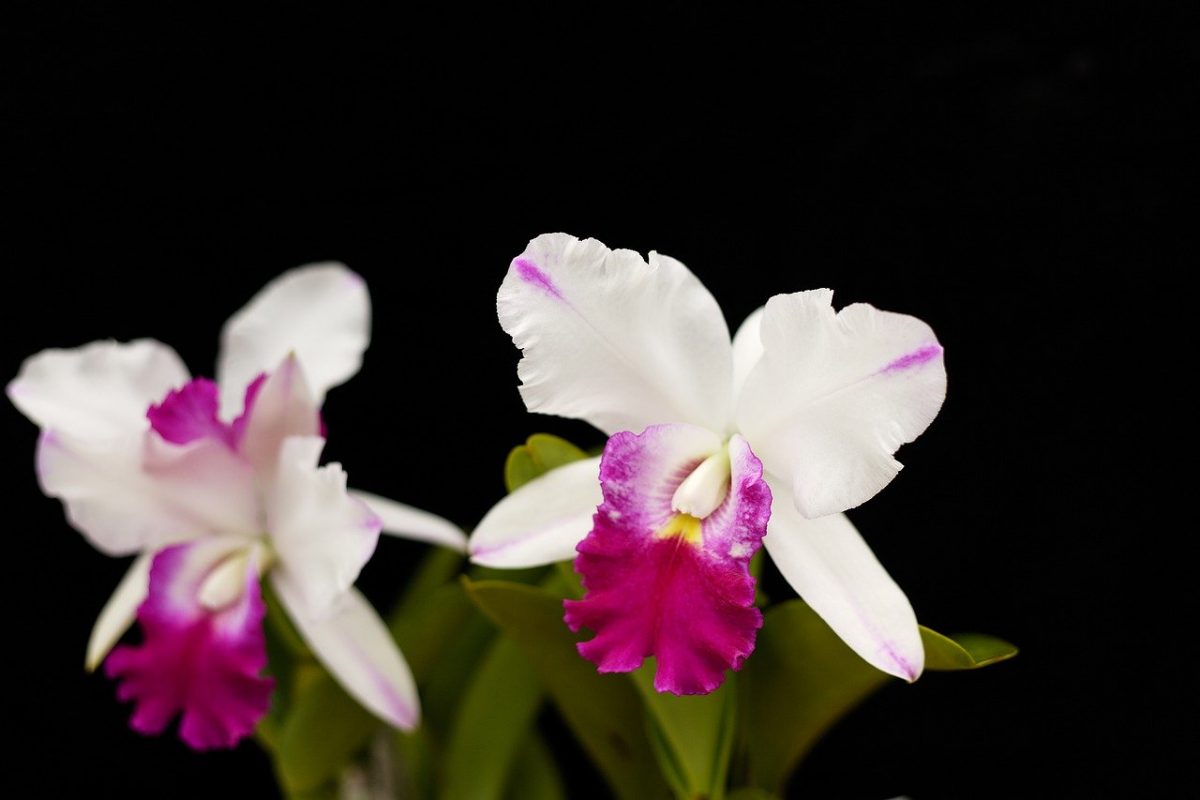
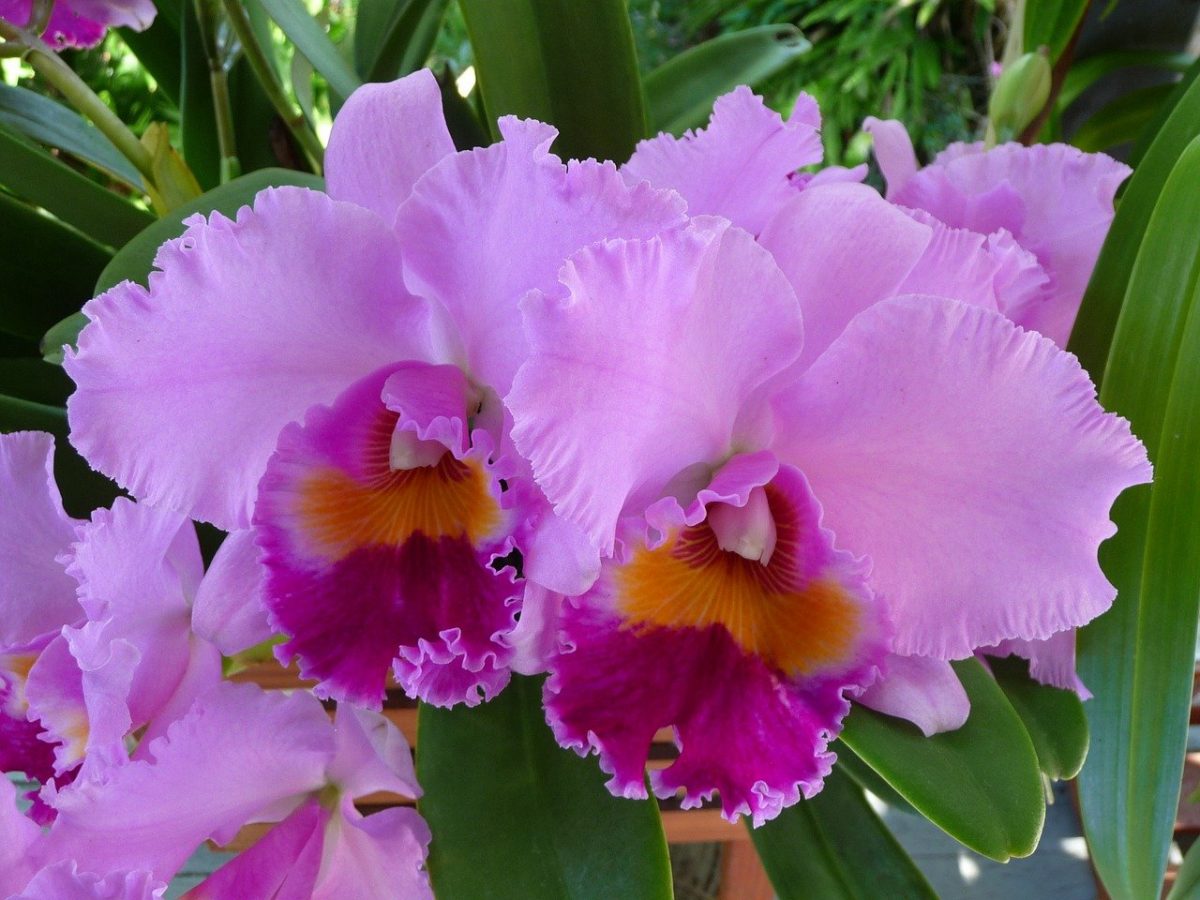
Miltonia
This genus includes about 20 species of epiphytic orchids, native to the rainforests of Central and South America. It has cylindrical pseudobulbs, which grow on a horizontal rhizome. From them sprout the linear leaves, 15-30 cm long, flexible, and light green. The flowers can bloom all year round, grow alone or in groups of 6-10, having sepals and petals of the same size, decorated in contrasting colors. They often have a flat shape and resemble daisy flowers. However, they last a short time on the plant, compared to other genera of orchids.
Dendobrium
A genus comprising 1000-1500 species of orchids exclusively epiphytic, originating from India, countries in Southeast Asia, Indonesia, and Australia. The name comes from the words dendron = tree and bios = life, referring to their growth in the natural environment, on trees. It has a small rhizome, on which pseudobulbs develop with different shapes depending on the species and it can be pendant or straight. The leaves grow attached along the pseudobulbs, are 10-25 cm long, flat or cylindrical, persistent, but sometimes they might fall. The shapes and colors of the flowers differ from one species to another, having petals and sepals of the same size. In some species the flowers are fragrant.
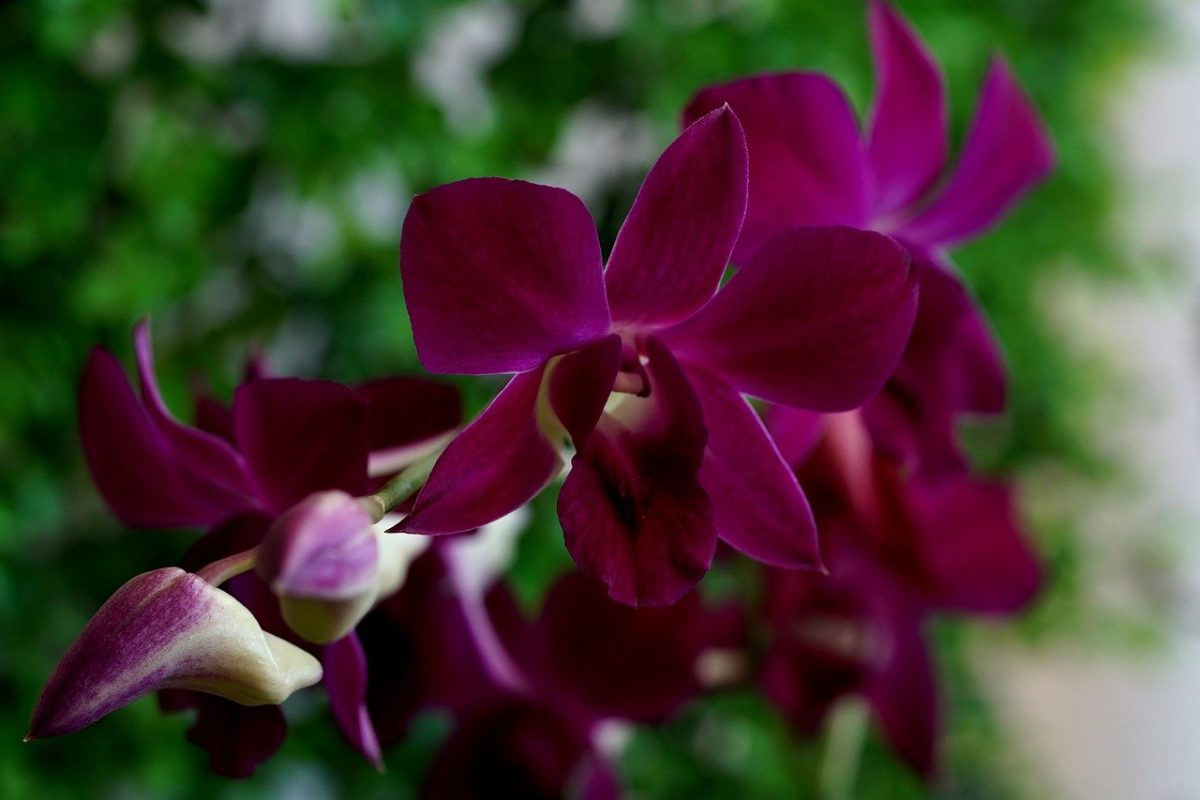
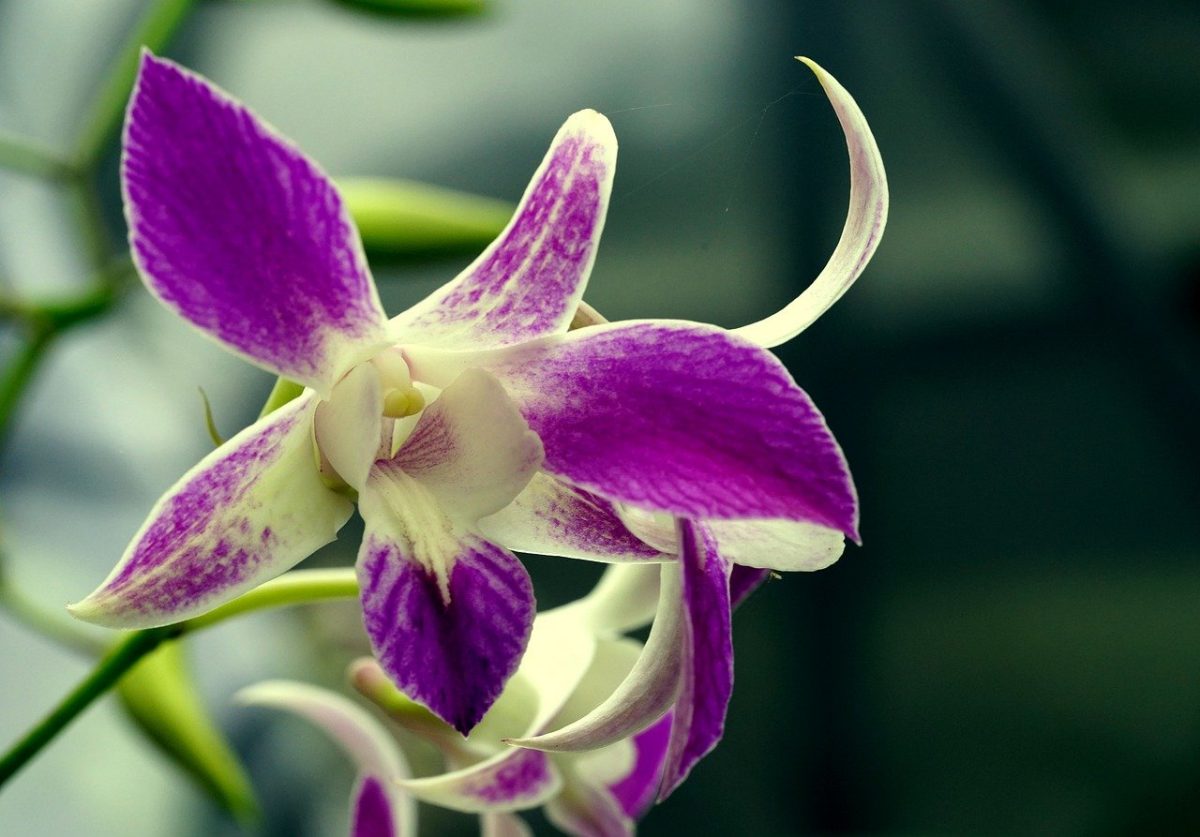
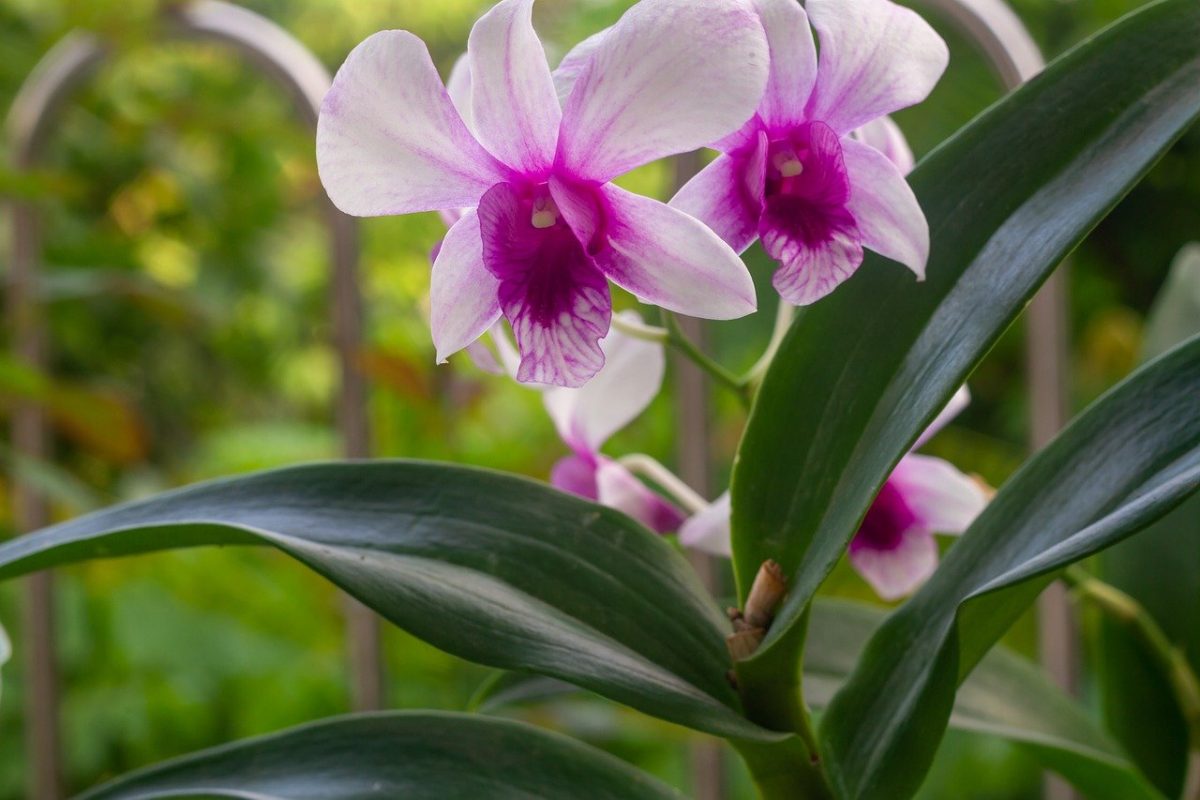
Cymbidium
The genus includes over 100 species of epiphytic, lithophytic, terrestrial orchids, some even saprophytic, native to tropical and subtropical areas of Asia (India, China, Japan) and Australia. It has sympodial growth, with oval pseudobulbs, each with 3-12 persistent leaves arranged in two rows. They are between 30 cm and 1 m long, grow as curved ribbons, are leathery and green. The inflorescences are spike-shaped and can be made up of a maximum of 30 flowers with identical sepals and petals, of different colors.
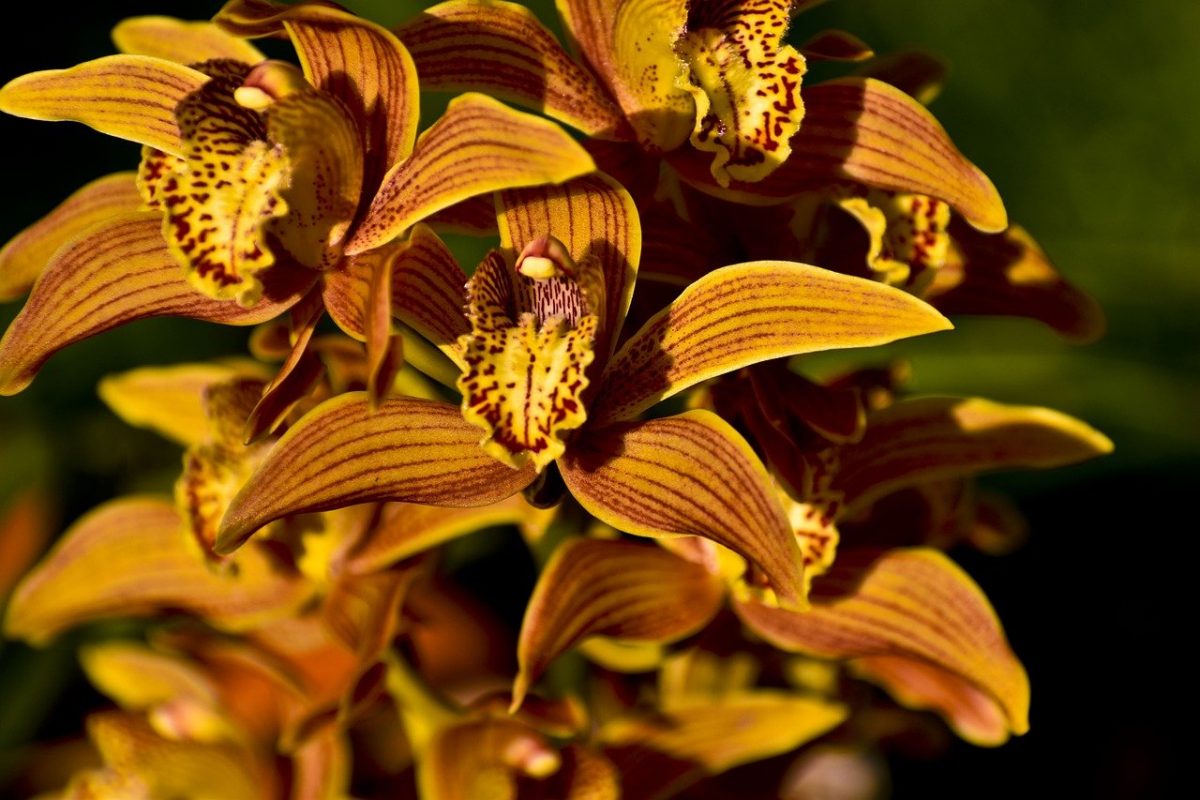
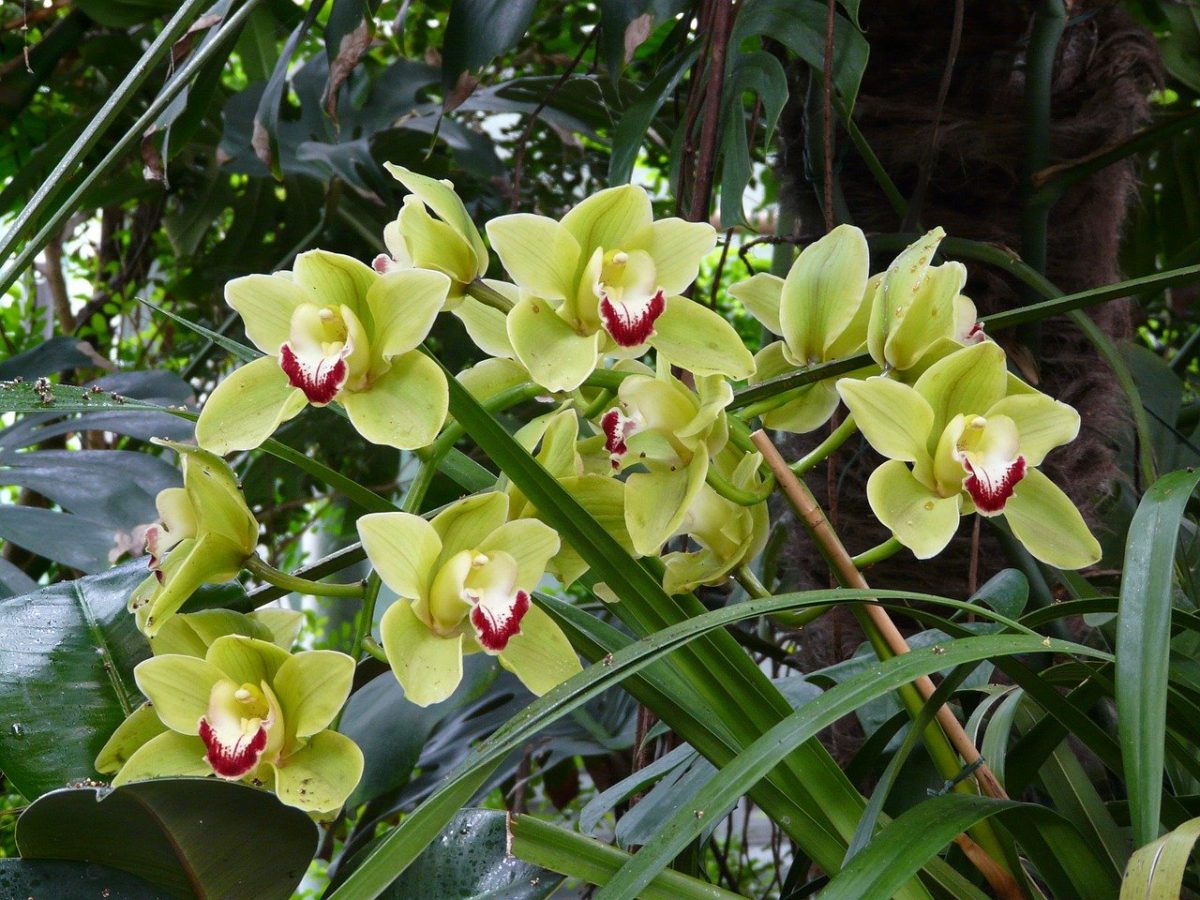
Oncidium
It is a genus of orchids made up of over 450 epiphytic species, native to the tropical forests of Central and South America. It has ovoid pseudobulbs, on which a single large leaf or two smaller leaves grow. Depending on the species, the leaves can have lengths between 10 and 60 cm. Some of them can grow in the form of a bush. The flowers can be solitary or clustered and, in general, they are yellow, but the shapes and colors vary greatly from one species to another – some can be brown, white, or pink.
